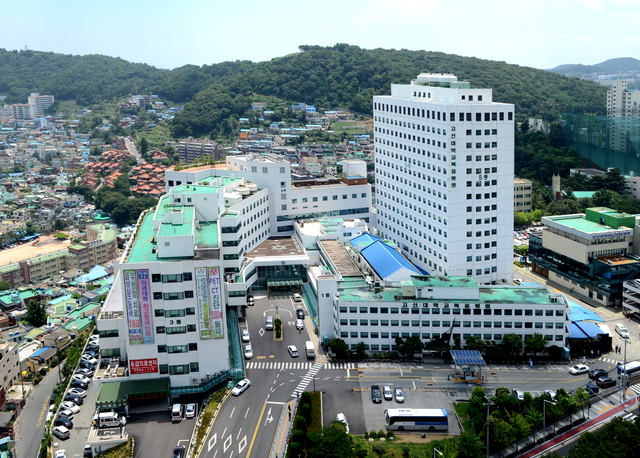Kosin University Hospital, Haeundae Paik Hospital, and superior general hospital were eliminated
Announced 45 locations nationwide by the Ministry of Health and Welfare
First certified by Samsung Changwon University and Ulsan University Hospital
Reporter Jeong Kwang-yong [email protected]
Input: 2020-12-29 18:39:12Revision: 2020-12-29 18:57:28Posted: 2020-12-29 18:48:15



Kosin University Gospel Hospital was eliminated from the designation of a superior general hospital. The picture is a panoramic view of Kosin University Gospel Hospital. Busan Ilbo DB
Gosin University Gospel Hospital and Haeundae Paik Hospital were eliminated from the 4th senior general hospital designation.
The Ministry of Health and Welfare announced on the 29th that 45 institutions in the 4th senior general hospital, which will operate for three years starting from January 1 of next year, have been designated. According to this, five locations were designated in the eastern Gyeongnam region, including Dong-A University Hospital, Pusan National University Hospital, Yangsan University Hospital, Inje University Busan Paik Hospital, and Ulsan University Hospital. The Gosin University Gospel Hospital, which applied for re-designation in July, and Haeundae Paik Hospital, which applied for the first time, drank the highs of dropout. In the western Gyeongsang region, two hospitals, Gyeongsang National University Hospital and Sungkyunkwan University Samsung Changwon Hospital, have been certified as high-level general hospitals.

Higher-level general hospitals are the top medical institutions in the domestic medical system, and are designated or redesignated after conducting an evaluation every three years according to the strict standards of the authorities. Among the general hospitals that specialize in treating severe diseases with high difficulty (various cancers, cardiovascular diseases, etc.), only excellent hospitals that meet 12 evaluation criteria, such as medical treatment as well as training for training, are eligible for advanced general hospitals.
The number of territories subject to this 4th senior hospital designation has increased from 10 to 11. In accordance with the’Medicine Delivery System Improvement Measures’ announced in September last year, the indicators have been strengthened so that severely ill patients can be treated faithfully. Accordingly, hospitals that treated many severely ill patients and treated fewer mildly ill patients were highly evaluated.
In addition, the results of the evaluation of the education and training environment of the major were reflected, and the intensive care unit and patient experience evaluation items were also added. In the case of dispatching workers to respond to Corona 19, an exception was recognized in the manpower standard.
According to these evaluation criteria, Ulsan University Hospital was newly designated in the eastern Gyeongnam region except for the existing Kosin University Hospital. Samsung Changwon Hospital in the western Gyeongsang region was also certified for the first time. When designated as a superior general hospital, the Ministry of Health and Welfare checks for compliance with the designation criteria through an interim evaluation and other procedures for 3 years.
In general, primary hospitals refer to local clinics and public health centers with fewer than 30 beds. Short-term hospitalization for 1 to 2 days can be treated with low mild treatment. General general hospitals are secondary hospitals. This is a place with more than 4 medical departments and more than 30 beds in 2 or more specialized courses.
A tertiary medical institution, a senior hospital, has specialists in all treatment subjects, and is a place that can specialize in dealing with severe and severe diseases. It is also necessary to secure the number of beds of 500 or more.
In primary and secondary hospitals, treatment is possible without a request form, but in tertiary hospitals, health insurance benefits can be obtained only with a request form. If patients receive treatment at a tertiary hospital without a referral, the patient does not receive health insurance benefits, and the copayment ratio increases by 70-80%. Reporter Jeong Kwang-yong kyjeong@
